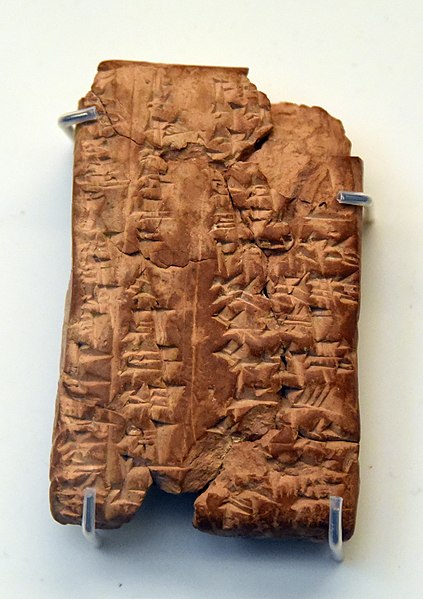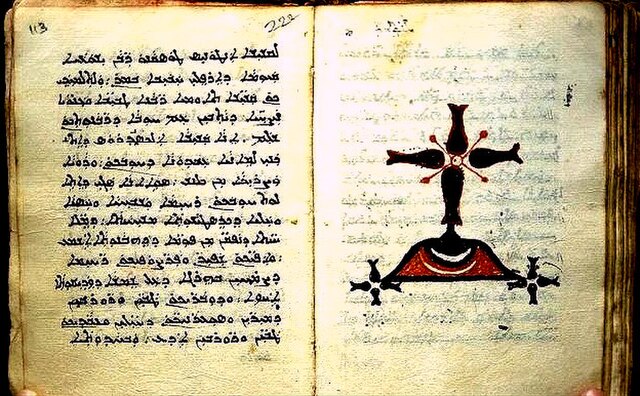Jewish Babylonian Aramaic
Jewish Babylonian Aramaic was the form of Middle Aramaic employed by writers in Lower Mesopotamia between the fourth and eleventh centuries. It is most commonly identified with the language of the Babylonian Talmud, the Targum Onqelos, and of post-Talmudic (Gaonic) literature, which are the most important cultural products of Babylonian Jews. The most important epigraphic sources for the dialect are the hundreds of inscriptions on incantation bowls.
Incantation bowl in Jewish Babylonian Aramaic
Incantation bowl inscribed in Babylonian Aramaic, using Hebrew square-script, dated between 400 and 800, in the collection of the Jewish Museum of Switzerland.
Aramaic is a Northwest Semitic language that originated in the ancient region of Syria and quickly spread to Mesopotamia, the southern Levant, southeastern Anatolia, Eastern Arabia and the Sinai Peninsula, where it has been continually written and spoken in different varieties for over three thousand years.
This clay tablet represents a classroom experiment; a teacher imposed a challenging writing exercise on pupils who spoke both Babylonian-Akkadian and Aramaic. The pupils had to use traditional syllabic signs to express the sounds of the Aramaic alphabet. c. 500 BC. From Iraq
The Carpentras Stele was the first ancient inscription ever identified as "Aramaic". Although it was first published in 1704, it was not identified as Aramaic until 1821, when Ulrich Friedrich Kopp complained that previous scholars had left everything "to the Phoenicians and nothing to the Arameans, as if they could not have written at all".
Syriac inscription at the Syro-Malabar Catholic Church's Major Archbishop's House in Kerala, India
Late Syriac text, written in Madnhāyā script, from Thrissur, Kerala, India (1799)






